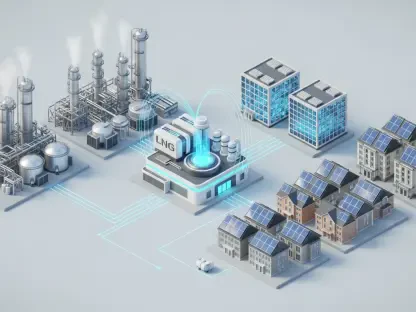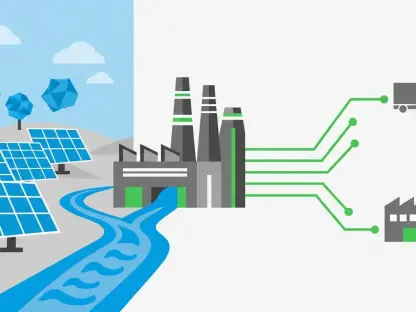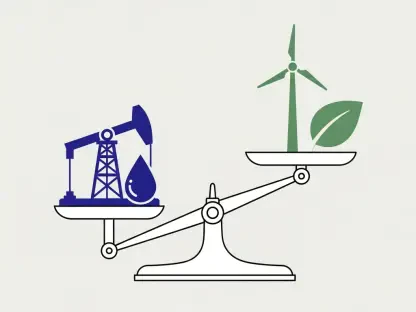The world has relied on fossil fuels like petrol and diesel to power vehicles for over a century. However, environmental concerns, regulatory pressures, and fluctuating fuel prices are prompting a shift toward more sustainable and renewable fuel options. This article explores nine alternative fuels poised to revolutionize the automotive industry, offering insights into their benefits and challenges.
Biofuel: Turning Crops into Fuel
Origins and Types of Biofuels
Biofuels are derived from organic materials such as corn, sugarcane, vegetable oils, and animal fats. Two common types are bioethanol and biodiesel. Bioethanol, made from fermenting sugarcane or corn, can power flexible-fuel vehicles designed to run on ethanol blends. Meanwhile, biodiesel, created from vegetable oils or animal fats, can be used in most diesel engines without modification.
Environmental Impact and Sustainability
One of the greatest advantages of biofuels is their potential to reduce greenhouse gas emissions compared to fossil fuels. Since the plants used in biofuel production absorb CO2 as they grow, the resultant fuel might be carbon-neutral over its lifecycle. Second-generation biofuels, which come from non-food crops and waste, offer even greater sustainability, addressing concerns about land use and food supply impacts.
Market Adoption and Future Outlook
The adoption rate of biofuels varies widely by region, influenced by local agricultural capabilities and government policies. Countries like Brazil have been pioneers in bioethanol use, while in Europe, biodiesel has gained more traction. As technology improves and production becomes more efficient, biofuels present a viable medium-term solution to reduce fossil fuel dependency.
Electricity: The Rise of Electric Vehicles (EVs)
Current State and Popularity
Electric vehicles (EVs) are steadily gaining popularity, with models like the Nissan LEAF and Tesla’s range making headlines. These cars run on electricity stored in batteries, offering a clean alternative to internal combustion engines. EVs produce zero tailpipe emissions, making them an attractive option for reducing urban air pollution.
Challenges and Technological Barriers
Despite their benefits, EVs face several challenges. Battery efficiency, high production costs, and long charging times are significant hurdles. Additionally, the current charging infrastructure is insufficient in many areas, limiting the convenience of owning an EV. Advances in battery technology, such as solid-state batteries, are being explored to overcome these limitations.
Governmental Support and Market Trends
Governments worldwide are incentivizing EV adoption through tax rebates, grants, and investments in charging infrastructure. Legislative actions include setting ambitious targets to phase out internal combustion engines. These measures are accelerating EV market growth and encouraging consumers to switch to this cleaner form of transportation.
Hydrogen: The Fuel of the Future?
How Hydrogen Fuel Works
Hydrogen can be used both in internal combustion engines and fuel cells to power vehicles. In fuel cells, hydrogen reacts with oxygen to generate electricity, producing only water as a byproduct. This process makes hydrogen an extremely clean fuel.
Benefits and Infrastructure Challenges
Hydrogen boasts several advantages, including a high energy density and rapid refueling times similar to conventional fuels. However, the lack of refueling infrastructure and the high costs associated with hydrogen production and distribution are significant barriers. Developing a widespread network of hydrogen stations is crucial to its adoption.
Innovations and Future Potential
Research into more efficient hydrogen production methods, such as using renewable energy to power electrolysis, holds promise for lowering costs and enhancing sustainability. Automakers like Toyota and Hyundai are investing heavily in hydrogen fuel cell technology, signaling a potential shift toward broader adoption in the near future.
Compressed Air: Clean but Less Dense
Mechanics of Air-Powered Cars
Air-powered cars use tanks of compressed air to drive engine pistons, producing zero tailpipe emissions. This technology, though still in development, offers a unique alternative to traditional fuels. Air cars convert the stored air energy into mechanical work, driving the vehicle.
Comparative Efficiency and Developments
The energy density of compressed air is lower than that of petrol or diesel, making it less efficient for long distances. However, ongoing advancements in tank design and air compression techniques are improving the feasibility of this technology. Companies like Zero Pollution Motors are pioneering air car designs that could bring this alternative fuel to market.
Potential Market and Environmental Impact
Air-powered vehicles promise a significant reduction in urban pollution, given their zero emissions. The technology is still emerging, but with the right support and innovation, it could carve out a niche market, especially for city driving.
Liquid Nitrogen: An Unconventional Choice
How Liquid Nitrogen Engines Work
Liquid nitrogen, when heated, expands rapidly into gas, driving an engine similarly to steam or air. This process produces zero emissions at the point of use, making it an attractive, albeit unconventional, alternative fuel.
Efficiency and Production Requirements
The world has depended on fossil fuels like petrol and diesel to power vehicles. However, growing environmental concerns and changing regulatory landscapes, along with unpredictable fuel prices, are driving a move toward more sustainable and renewable fuel options. As a result, the automotive industry is on the brink of a revolutionary shift. This article delves into nine alternative fuels that are set to transform how we power our cars, trucks, and other vehicles. It offers a comprehensive look at the advantages and difficulties associated with each fuel type.
Among these alternatives are biofuels, which are derived from organic materials, offering a cleaner burn compared to traditional fossil fuels. Electric vehicles, powered by batteries, present another promising option with zero emissions. Hydrogen fuel cells also stand out, converting hydrogen gas into electricity while producing only water as a byproduct. Additionally, synthetic fuels, made from various renewable resources, can be used in existing engines with minimal modifications.
These innovations not only aim to reduce greenhouse gas emissions but also ensure a more stable and secure energy future. However, each of these alternatives comes with its own set of challenges, such as production costs, availability, and infrastructure readiness. As the industry adapts, ongoing research and development will be crucial in overcoming these hurdles and making sustainable fuels a viable mainstream option.









